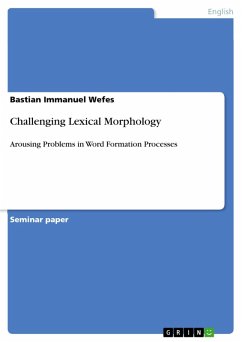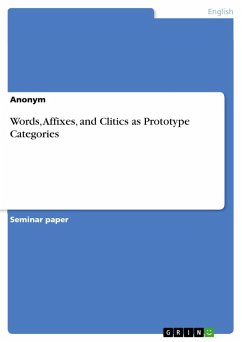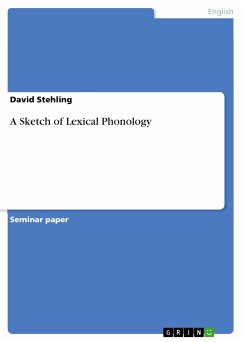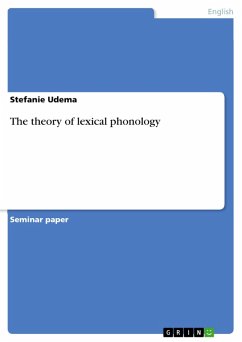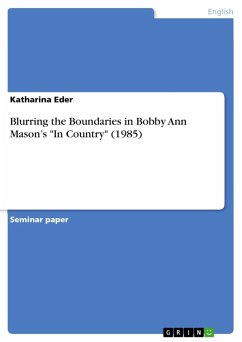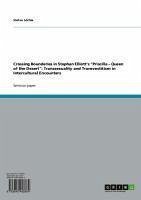Seminar paper from the year 2012 in the subject English Language and Literature Studies - Linguistics, grade: 1,0, University of Wuppertal (Fachbereich Geistes- und Kulturwissenschaften), course: Morphology, language: English, abstract: In this term paper I examine several approaches to the bundling of both morphological and phonological rules, which is commonly referred to as stratification and which is the basis for the lexical morphology and phonology model. Therefore I first introduce the idea of strata with respect to their respective tasks and the order which they usually appear in (section 2). In the following I show up the first (minor) challenges within the model that eventually help to refine it (section 3). Furthermore I display problems that have not yet been solved, meaning inconsistencies within the stratification processes as they have been introduced (section 4). Right before the conclusion I briefly introduce a different approach (by Goldsmith 1990), which contradicts most of the remarks in the previous sections, but can eventually be refuted quite easily (section 5). In the conclusion I point out that the lexical morphology and phonology model has its problems (like probably nearly any other linguistic theory), but is most likely to be the most appropriate model for this motivation.
Dieser Download kann aus rechtlichen Gründen nur mit Rechnungsadresse in A, B, BG, CY, CZ, D, DK, EW, E, FIN, F, GR, HR, H, IRL, I, LT, L, LR, M, NL, PL, P, R, S, SLO, SK ausgeliefert werden.

